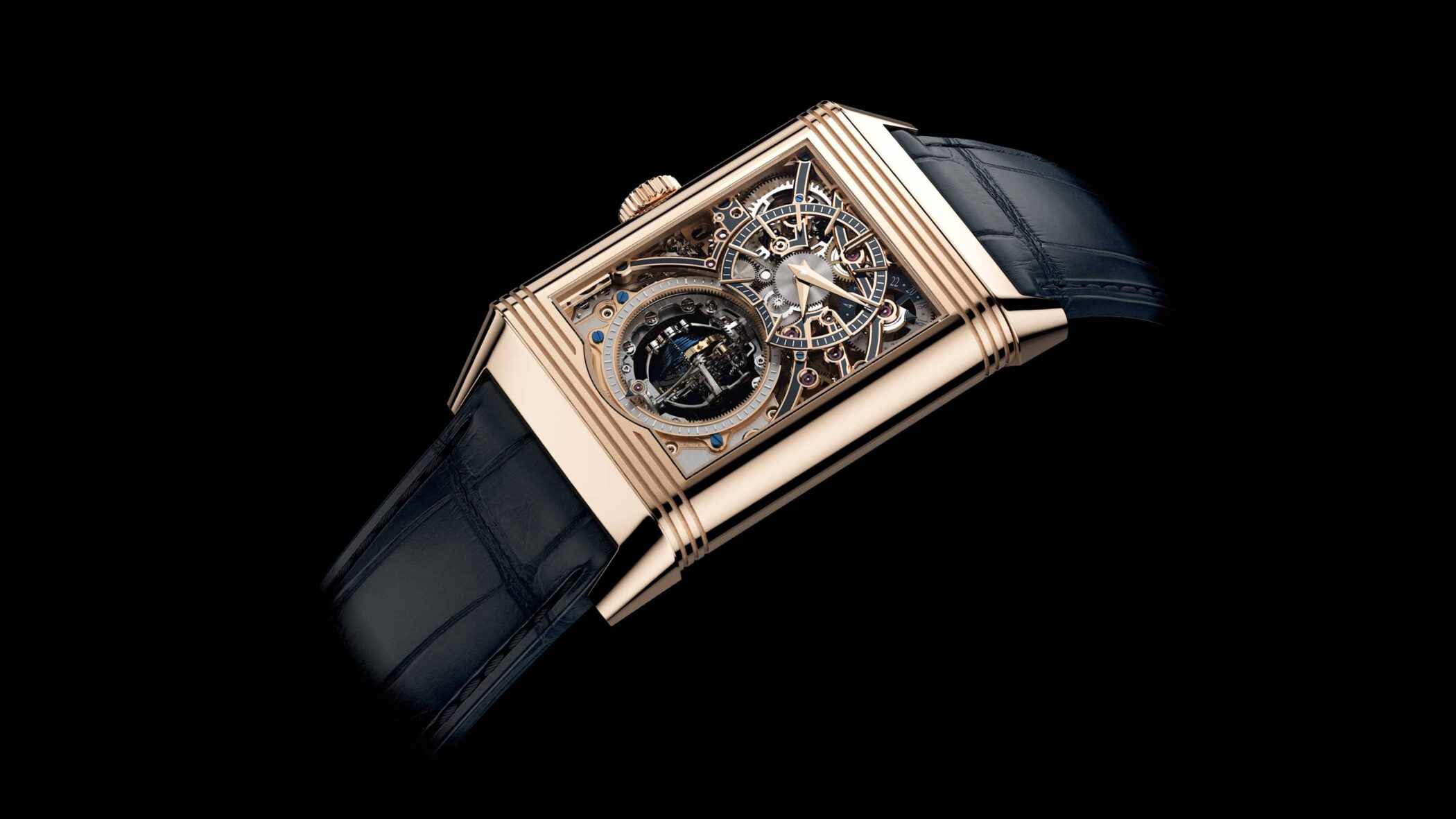The world of luxury watches is filled with storied names, each with its unique blend of craftsmanship, precision, and history. Among the most revered is the Jaeger-LeCoultre Reverso, a timepiece that has captured the hearts of watch enthusiasts since its inception in 1931. A perfect blend of elegance, functionality, and innovation, the Reverso has remained an iconic symbol in horology—a watch that not only tells time but also tells a story.
The Birth of the Reverso: A Solution to a Practical Problem
The Jaeger-LeCoultre Reverso was born out of necessity rather than luxury. In the early 1930s, polo was a sport enjoyed by the elite and was gaining increasing popularity in India. Polo players, especially in British-occupied India, sought a watch that could endure the rigours of the game. At that time, watches were frequently damaged by the impact of mallet swings or the roughness of polo matches. The glass faces of these watches would shatter upon contact, rendering them worthless.
It was to solve this problem that the Reverso was conceived. The story goes that the watchmaker César de Trey, a member of the watchmaking industry in Switzerland, was visiting India when he encountered a group of polo players who expressed their need for a watch that could withstand the rigors of their game. Inspired by the challenge, de Trey turned to the Jaeger-LeCoultre workshop in Switzerland for a solution.
The result was revolutionary: the Reverso’s case was designed to be flipped over, allowing the watch’s face to be hidden and protected by a solid metal back. This ingenious design not only solved the problem of polo players’ damaged watches but also introduced a new concept in watchmaking: the reversible case. The Reverso was born, with a case that could be easily turned over to protect its delicate glass face.
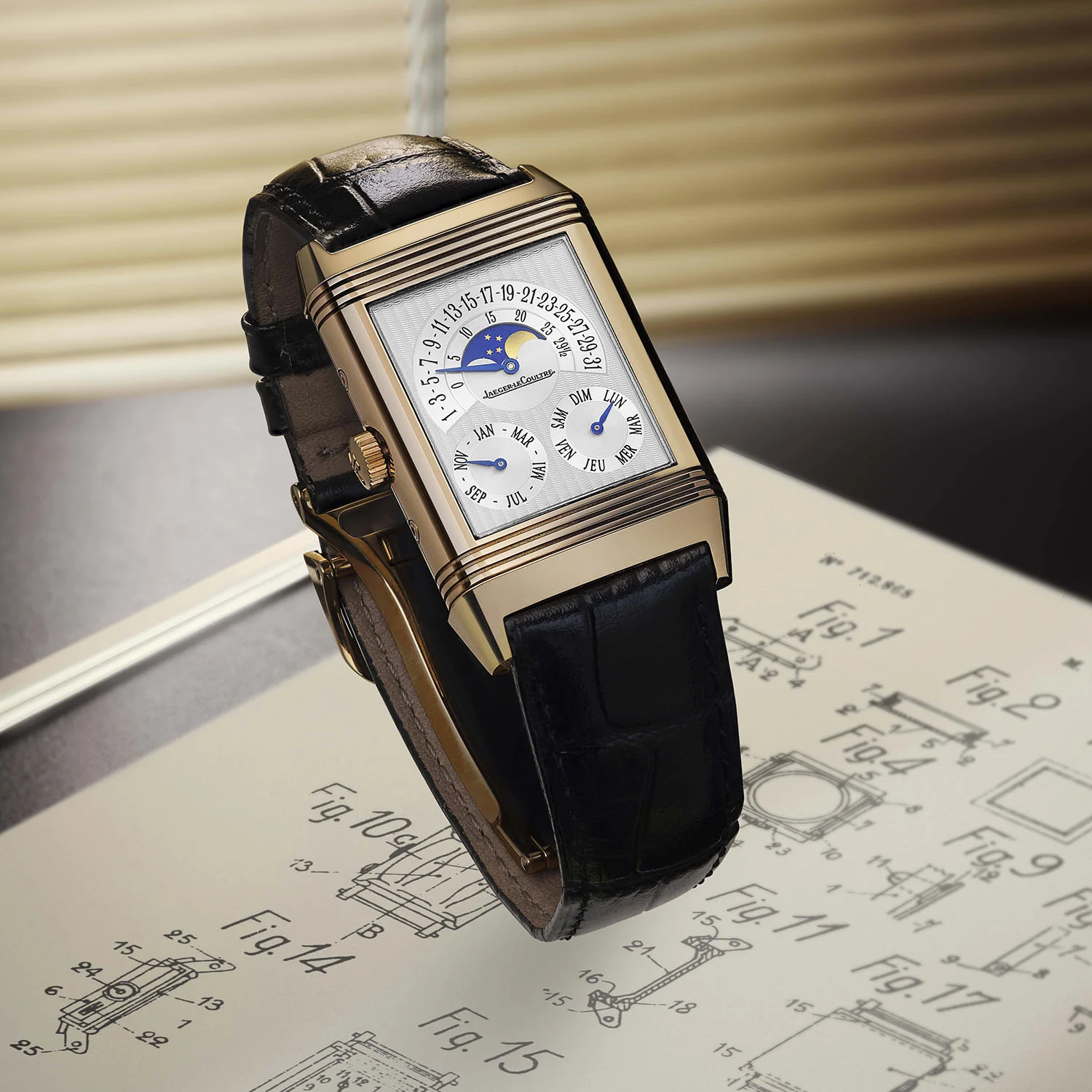
A Design Ahead of Its Time
When Jaeger-LeCoultre introduced the Reverso, its design was unlike anything seen before in the watch industry. The square case was a departure from the traditional round designs, and the sleek, Art Deco-inspired aesthetic was perfect for the 1930s. The watch's ability to flip over and protect its face was a game-changer in terms of both functionality and design.
The Reverso’s case was made of stainless steel, and its flip mechanism was a marvel of mechanical engineering. The watch was not just functional, but also stylish. Over the years, the Reverso would undergo subtle refinements, but the core design remained unchanged. The unique square case became the signature feature of the watch, setting it apart from all others in the market.
The early Reverso models were designed with simplicity and elegance in mind. The dials were clean, often featuring a minimalist approach with Arabic numerals and slim hour markers. These elements ensured that the Reverso was not only durable but also refined enough to be worn in the most formal of settings. As a result, the Reverso became a favorite of high society and celebrities, cementing its place as a luxury icon.
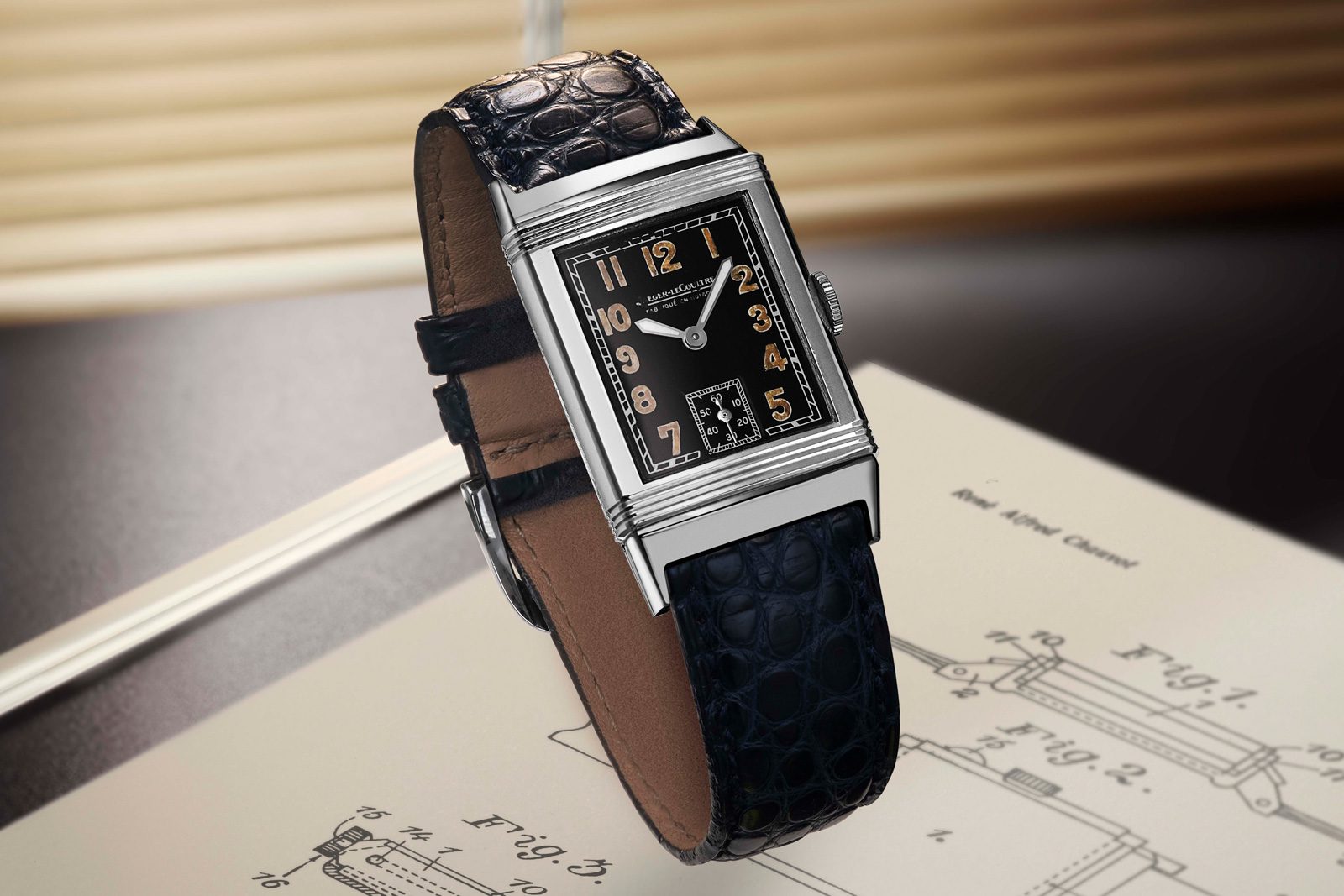
The Reverso and World War II: A Tale of Survival
The Reverso’s design was tested during World War II, when it was worn by soldiers and civilians alike. Its ability to survive the harsh conditions of battle was a testament to its durability and utility. However, it was also during this time that the watch gained a reputation as a symbol of resilience and elegance.
In the post-war years, Jaeger-LeCoultre continued to refine the Reverso. The watch remained a symbol of luxury, but it was also embraced by a new generation of consumers. By the 1950s and 1960s, the Reverso was being produced in a variety of designs, with models that featured more intricate dials, different metals, and leather straps. The Reverso had successfully transcended its origins as a practical solution for polo players and had become an emblem of timeless style.
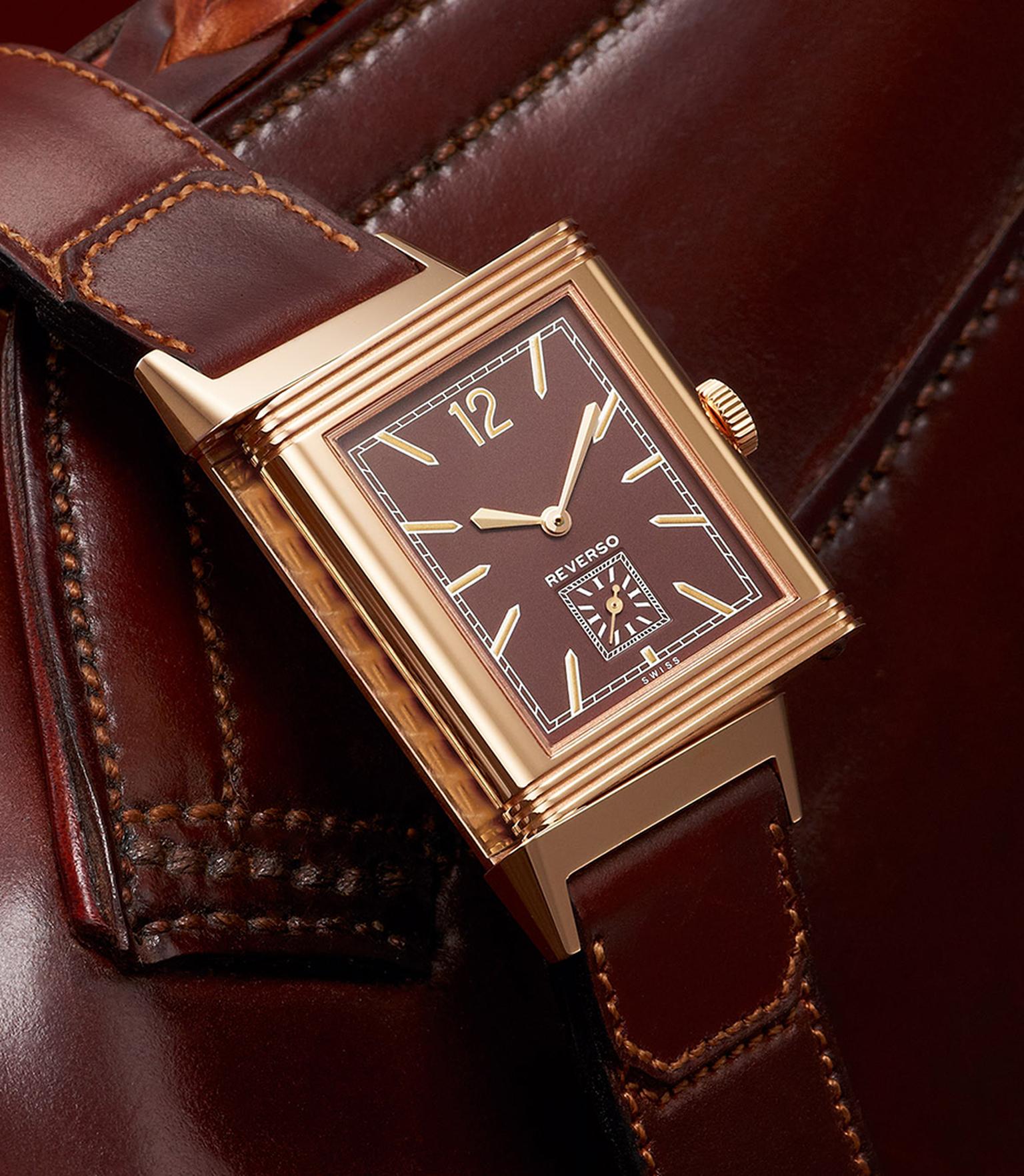
Jaeger-LeCoultre Grande Reverso Ultra Thin 1931 with a chocolate dial
The Modern Reverso: Innovation Meets Tradition
In the 21st century, the Jaeger-LeCoultre Reverso remains a symbol of refined elegance, and it continues to captivate new generations of watch enthusiasts. The brand has continued to innovate while staying true to the spirit of the original design. Over the years, Jaeger-LeCoultre has introduced several new versions of the Reverso, each one maintaining the core elements that made the watch iconic while adding modern touches to keep it relevant in today’s market.
One of the most notable modern iterations of the Reverso is the Reverso Tribute series, which pays homage to the original models from the 1930s. The Reverso Tribute has been updated with a more refined and contemporary design while maintaining the signature flip-over case. It is available in both small and large sizes and comes in a range of materials, including stainless steel and precious metals like rose gold. These models feature updated dials with more intricate details, such as sunburst finishes, applied hour markers, and a choice of Arabic or Roman numerals.
In 2011, Jaeger-LeCoultre introduced the Reverso Grand Taille, which marked a return to the larger, more robust case size reminiscent of the early models. This was followed by the Reverso Ultra Thin collection, which focused on achieving a sleek, ultra-thin profile while maintaining the watch’s signature flip-over case. These modern iterations blend technical expertise with sophisticated design, keeping the Reverso at the forefront of horological innovation.
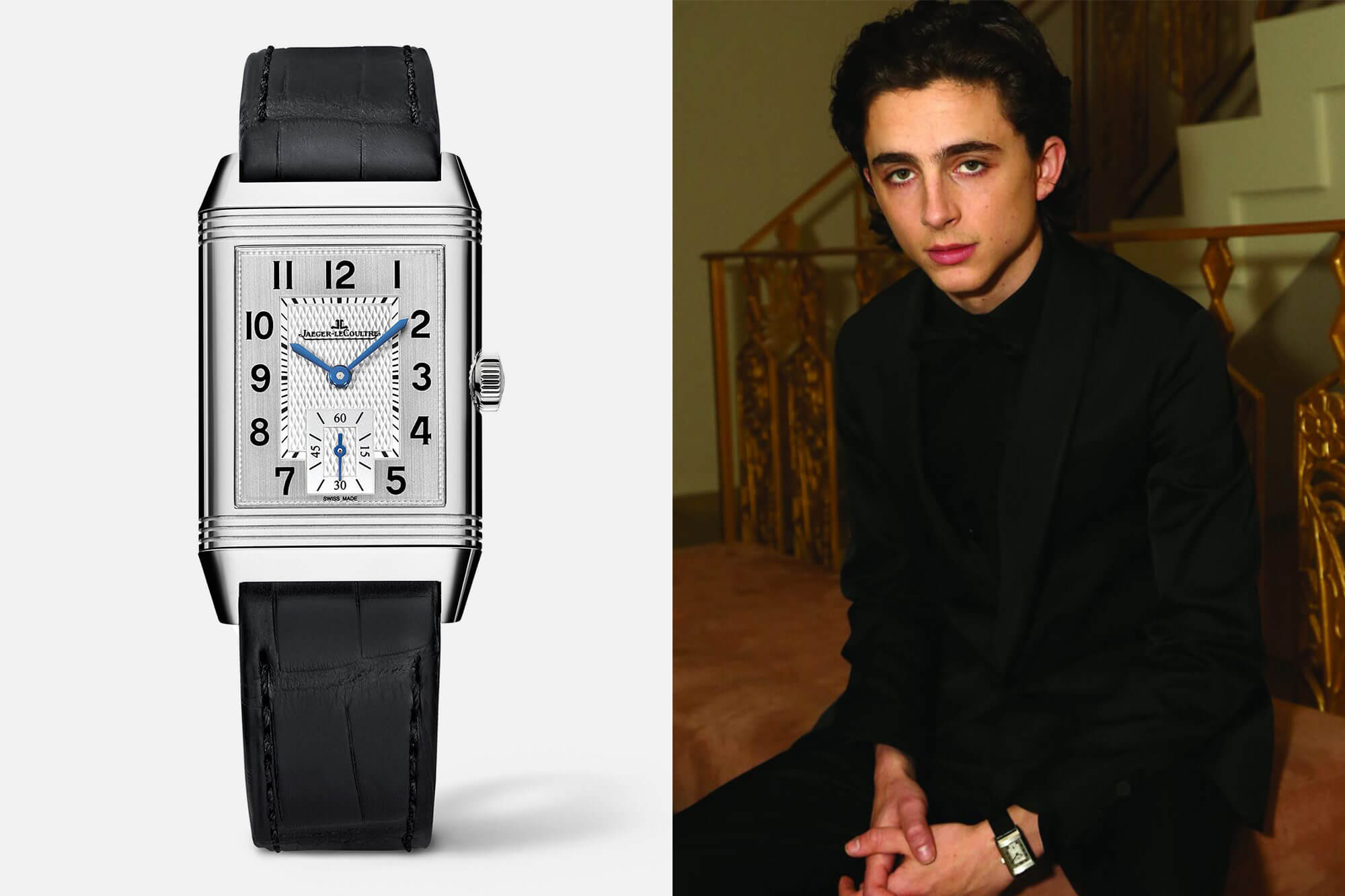
The Reverso’s Place in Popular Culture
Over the years, the Jaeger-LeCoultre Reverso has become more than just a timepiece; it is a cultural icon. Its versatility and elegance have made it a favourite among celebrities, actors, and artists. The Reverso’s ability to blend into both casual and formal settings has made it a staple in the world of luxury watches. Notable figures like Pierce Brosnan and Thimotée Chalamet have been often seen wearing the Reverso. Its presence in films and television shows has further solidified its status as a symbol of elegance and sophistication.
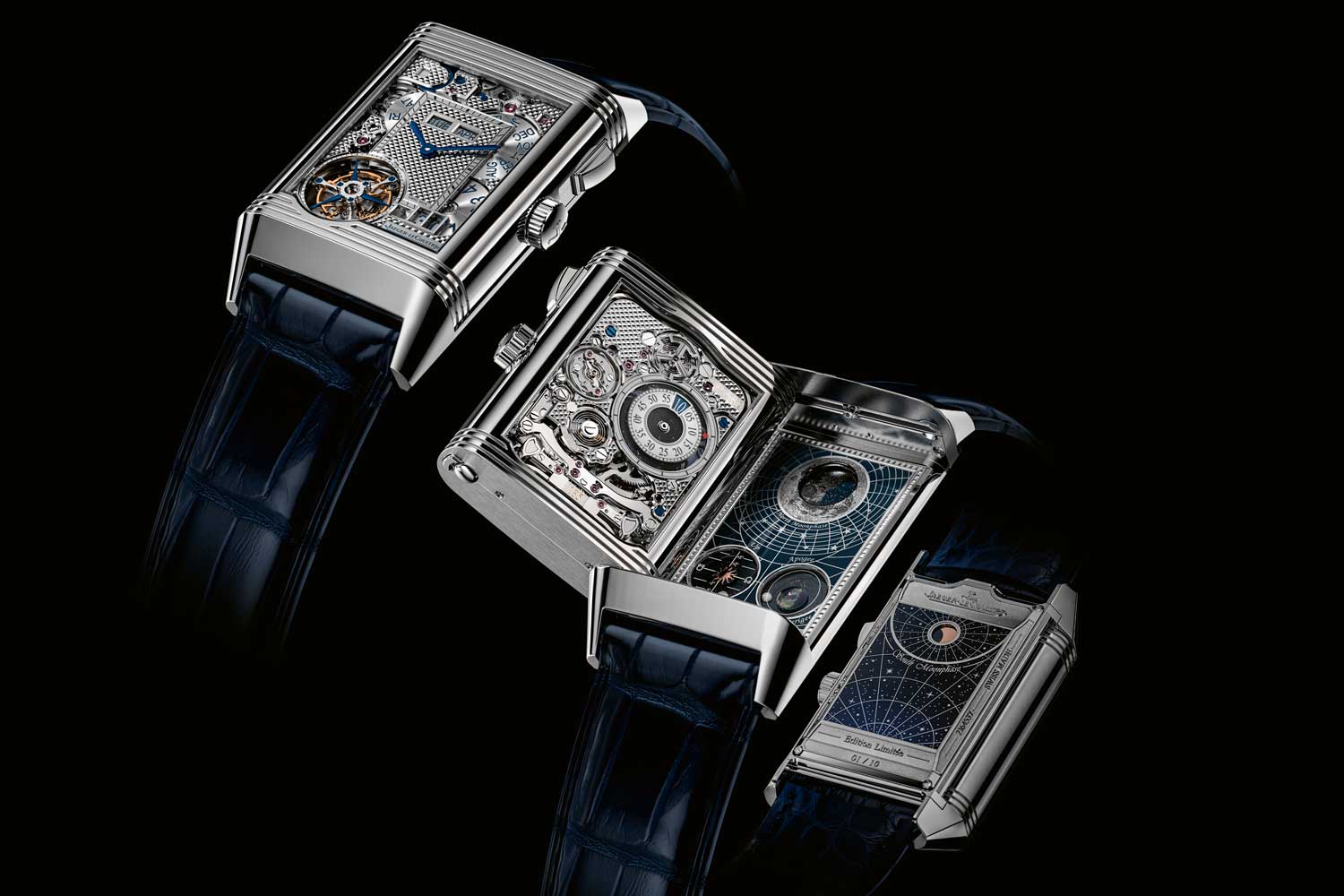
The Future of the Reverso
As Jaeger-LeCoultre moves further into the 21st century, the Reverso remains at the heart of the brand’s identity. The introduction of Reverso Hybris Mechanica models showcases Jaeger-LeCoultre’s commitment to innovation, with the Hybris Mechanica featuring multiple complications such as tourbillons and perpetual calendars. These complicated versions of the Reverso demonstrate Jaeger-LeCoultre’s mastery of watchmaking, as they combine the classic design with the most sophisticated mechanical innovations.
Additionally, Jaeger-LeCoultre continues to explore sustainability with the Reverso, working toward eco-friendly materials and production techniques to ensure the legacy of this iconic timepiece endures for generations to come.
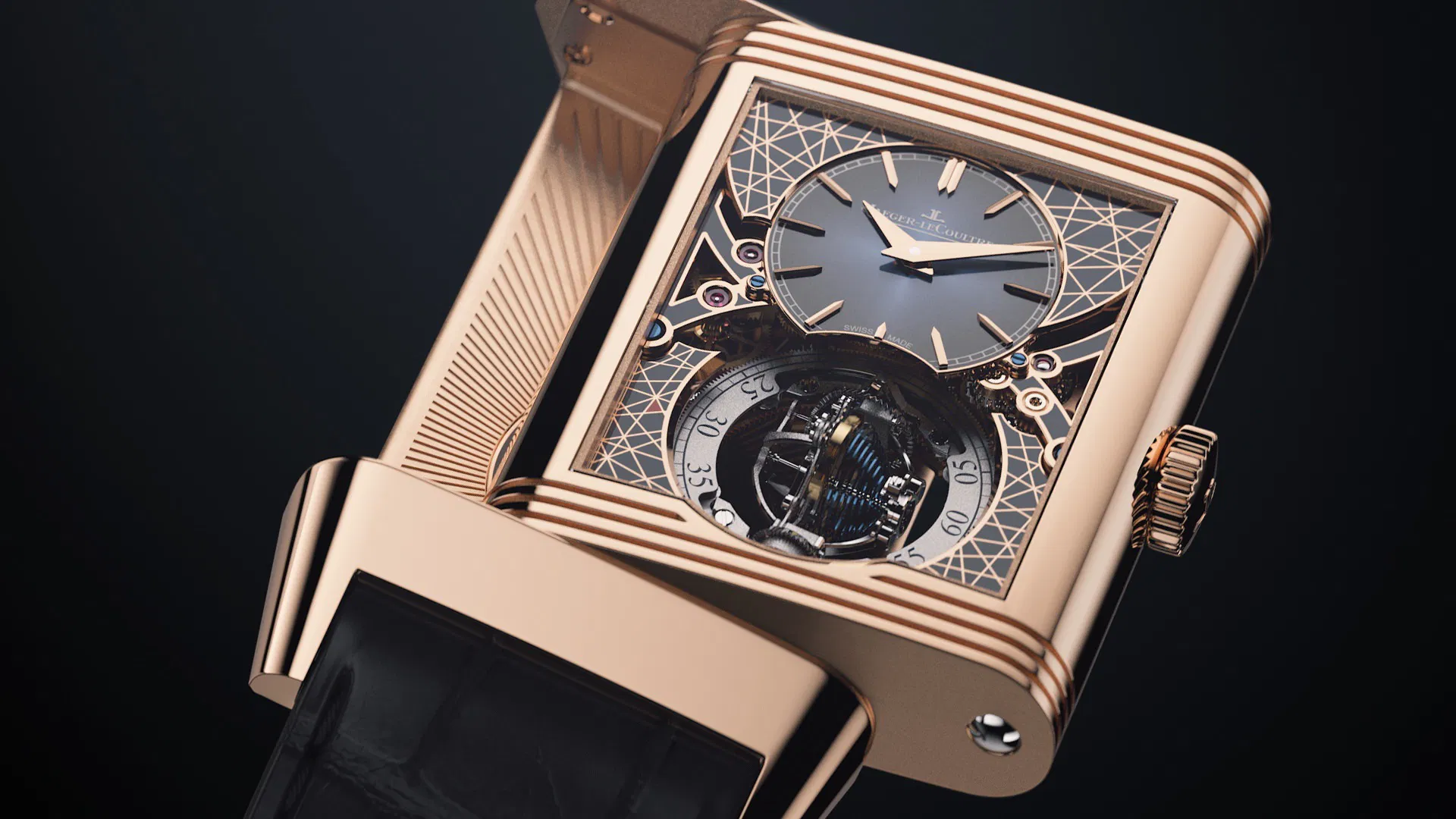
The Reverso Hybris Artistica Calibre 179
Conclusion: A Legacy of Innovation
The Jaeger-LeCoultre Reverso is a testament to the artistry and craftsmanship of watchmaking. From its humble beginnings as a solution to a polo player's problem to its status as a symbol of luxury and sophistication, the Reverso has captured the imagination of watch lovers worldwide. With its elegant design, innovative features, and rich history, the Reverso continues to be a timeless classic, a true icon in the world of horology. As the brand moves forward, it remains committed to preserving the legacy of the Reverso while embracing the future of watchmaking, ensuring that this iconic timepiece will continue to be a cherished symbol of elegance for years to come.


 $ (USD)
$ (USD)  £ (GBP)
£ (GBP) 


